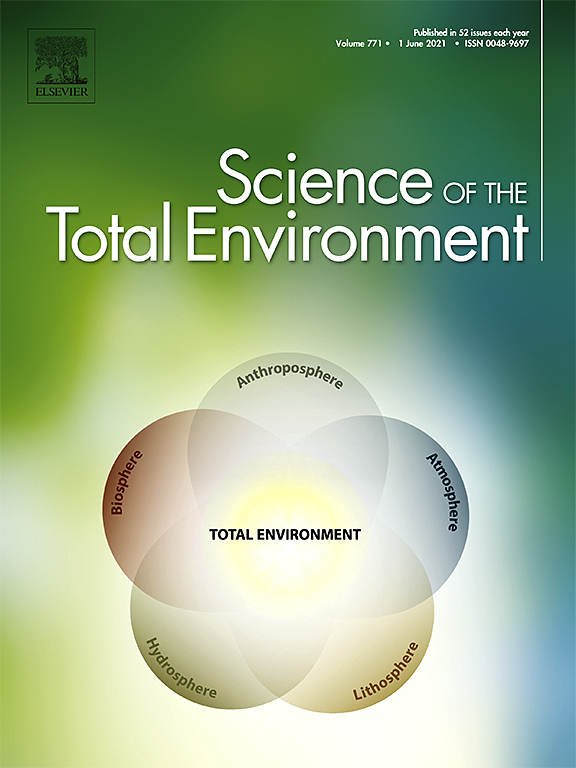Vegetation restoration has the ability to sequester soil organic carbon (SOC), and thus offset anthropogenic carbon emissions and mitigate climate change. The restoration of degraded ecosystems at the global scale is one of the main measures to limit the increase in global mean air temperature (MAT) to below1.5 °C by 2050.
However, the responses of SOC to managed and natural vegetation restoration strategies at a large scale are poorly understood due to the varying SOC components and changing climatic conditions.
Researchers from the Institute of Subtropical Agriculture (ISA) of the Chinese Academy of Sciences measured bulk SOC, particulate organic carbon (POC), and mineral-associated organic carbon (MOC) under managed and natural vegetation restoration strategies along a climatic gradient of karst region, Southwest China. This area is highly sensitive and vulnerable to changes in climate.
The study was published in Science of the Total Environment.
They found that, after about 15 years of vegetation restoration, both restoration strategies significantly increased SOC and POC accumulation in the region.
"The relative changes in the SOC and POC densities increased with increasing MAT in both managed and natural vegetation restoration," said Prof. WANG Kelin, a researcher in ISA. "These findings imply that both vegetation restoration strategies have the potential to increase SOC accumulation in calcareous soils, especially at lower elevations with higher temperatures."
The team also found that shift in the soil microbial community structure in the higher MAT region would probably accelerate SOC decomposition in the cropland.
However, both vegetation restoration strategies, characterized by higher soil microbial abundance and exchangeable calcium concentration, were beneficial to POC accumulation but not to MOC accumulation, and sufficiently to compensated SOC decomposition caused by the increasing MAT.
Contact: ZHANG Wei
E-mail: zhangw@isa.ac.cn
Institute of Subtropical Agriculture, Chinese Academy of Sciences
